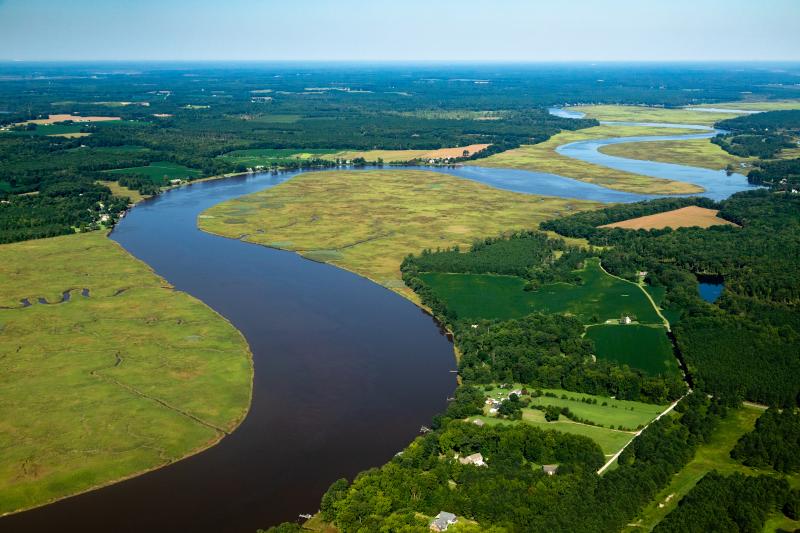The NOAA Chesapeake Bay Office just released its Biennial Report to Congress for fiscal years 2021 and 2022 (pdf, 12 pages). It includes highlights from the past 2 years, including our work in:
- Completing oyster reef restoration on the Tred Avon and St. Mary’s rivers in Maryland and on the Great Wicomico and Piankatank rivers in Virginia
- Piloting a new kind of buoy that monitors dissolved oxygen from the surface of the water to the Bay bottom
- Taking on the long-term fish monitoring project at the Paul S. Sarbanes Ecosystem Restoration Project at Poplar Island, Maryland, to measure how fish are responding to habitat restoration efforts
- Leading a team of offices from around NOAA in work that led to the selection of Virginia’s Middle Peninsula as a NOAA Habitat Focus Area
- Administering $5.2 million in funding through the NOAA Chesapeake Bay Watershed Education and Training Program to support 34 environmental education projects in the region
- Hosting college- and graduate-level summer internships both years, including several through the Chesapeake-Student Recruitment, Early Advisement, and Mentoring Program for students who identify as people of color and/or who are first-generation college students
The report also highlights other aspects of our work in fisheries and habitat science, restoration, climate, and education.



